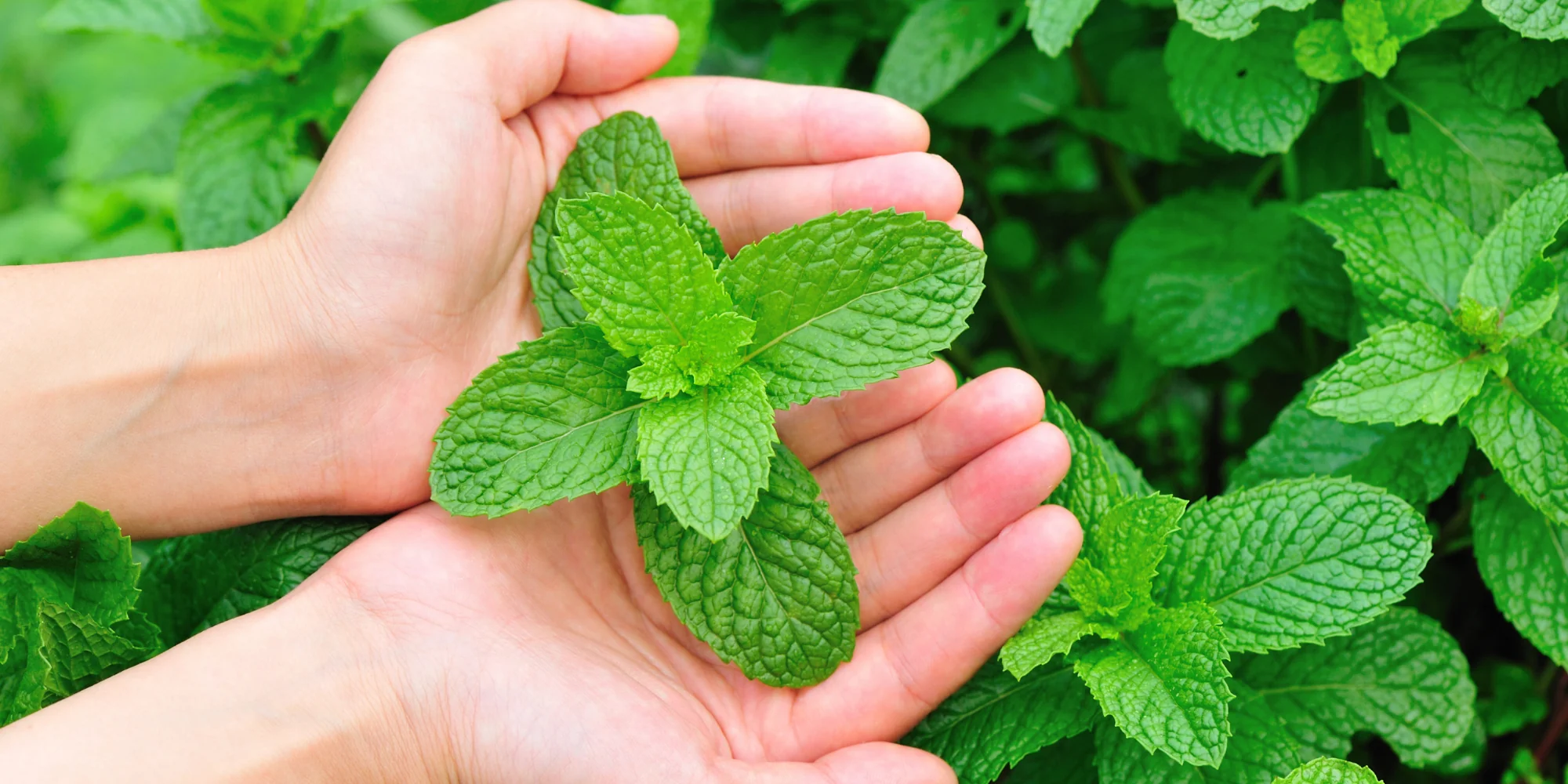If you love mint, learning how to harvest it is a must! Mint is cool, aromatic, and refreshing—one of the most popular herbs worldwide. It’s incredibly versatile, used in everything from tasty sauces and desserts to cocktails, curries, and soothing mint tea.
But mint isn’t just for cooking—it has tons of other benefits too. You’ll find it in beauty products, toothpaste, mouthwash, chewing gum, and more.
There are over 30 types of mint, growing naturally on every continent except Antarctica. Spearmint and peppermint are the most common, both staples in the kitchen. You can enjoy mint fresh, dried, powdered, or even frozen.
If you’re a fan of that cool, refreshing minty flavor, why not grow it yourself? Mint is super easy to grow, but be careful—it can spread aggressively. That’s why most gardeners keep it in containers. Plant it in a pot to prevent runners from taking over, and soon, you’ll be harvesting mint like a pro!
How you harvest mint matters—it affects the plant’s growth and health. So, whether you’re growing it in the ground or a container, it’s important to know the best practices. Proper storage is also key to keeping your mint fresh.
When to Harvest Mint
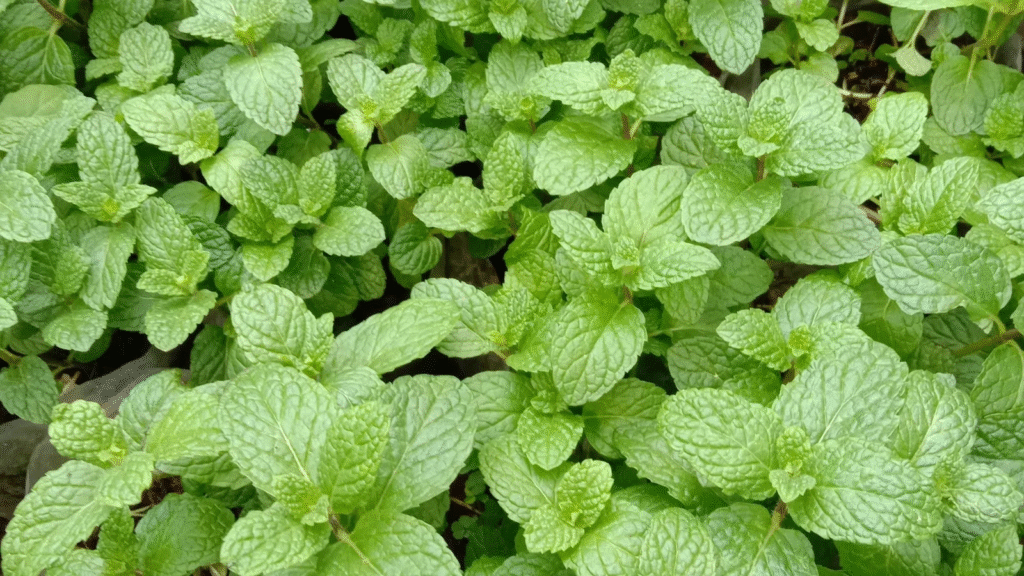
Mint has tall stems with bright green, serrated, oval-shaped leaves. The best time to pick the leaves is right before the plant flowers, usually mid-growing season. But you can start plucking individual leaves once the plant reaches about 4 inches tall.
For fresh use, pick leaves as needed. If you want a bigger harvest, you can gather mint 3-4 times per season. The plant bounces back quickly, regrowing leaves in 2-3 weeks—just keep the soil moist to help it recover.
Harvest in the morning, as the dew evaporates. That’s when the leaves are packed with essential oils, giving them the strongest flavor and aroma.
Another thing to consider is the plant’s lifespan. Regular harvesting keeps it producing leaves instead of going to seed. But if it’s already starting to flower, pick the leaves before they bloom—once flowers appear, the flavor can turn slightly bitter.
How to Harvest Mint
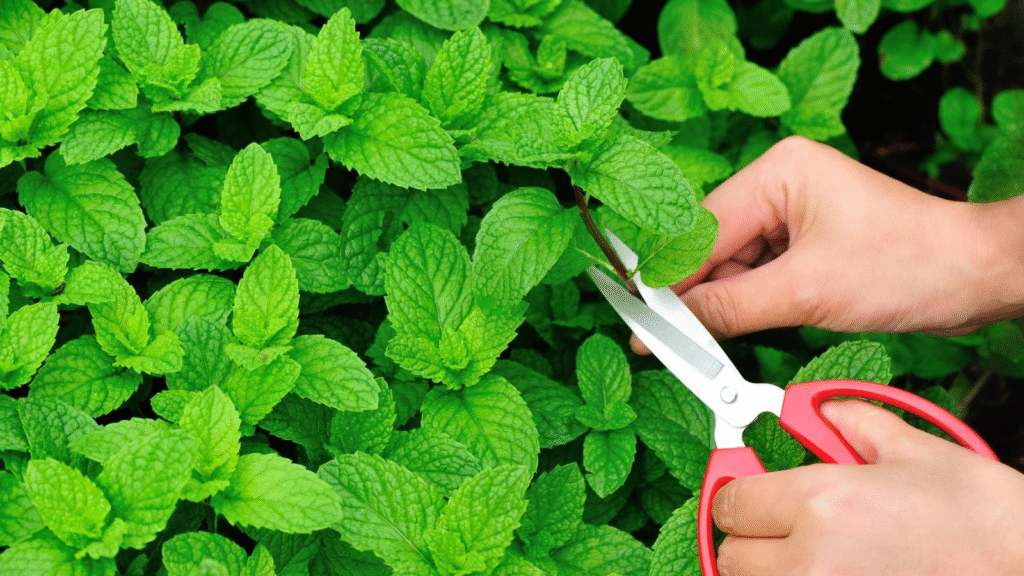
Harvesting mint is simple. If you just need a few leaves for tea or a recipe, pluck them straight from the stem. For larger amounts, use scissors or pruning shears to cut whole stems. Remove leaves for fresh use, or bundle stems together for drying.
For big harvests, wait until just before flowering when the flavor peaks. First, remove any yellowed leaves, then cut each stem above the first or second set of lower leaves. This helps the plant recover faster.
Younger leaves taste better, so pick the smaller top leaves first. This not only gives you the best flavor but also encourages new growth. Regular pruning makes mint bushier and more flavorful.
Avoid taking more than two-thirds of a single plant—overharvesting can stress mint, especially in its first season.
Pro tip: Don’t break stems by hand. Use clean, sharp scissors or pruning shears instead. A clean cut heals faster and reduces the risk of disease.
How to Store Fresh Mint

Freshly picked mint likes cool temps—the fridge is perfect. Wrap leaves loosely in a damp paper towel and place them in a perforated plastic bag. This keeps them fresh for 7-10 days.
Or, place stems in a jar with 1-1.5 inches of water. Cover loosely with a plastic bag to trap humidity. Change the water daily, and your mint can last 10-14 days.
How to Dry Mint
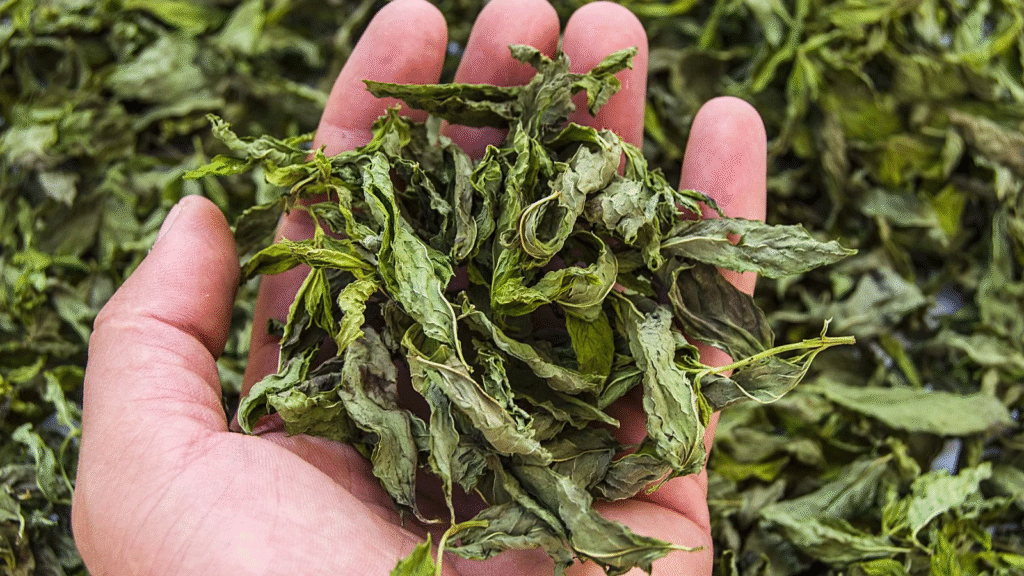
Dried mint isn’t as fragrant as fresh, but it’s great for long-term storage. Rinse stems with cold water first, but avoid heat drying to preserve flavor.
You can use a dehydrator, box fan, or hang bunches upside down in a dark, well-ventilated spot. Cover with a brown paper bag and let dry for 1-2 weeks. Once the leaves crumble easily, remove them from the stems.
For extra protection, store dried mint in a glass jar. Open it daily to mix the leaves and release moisture. Adding a silica gel packet helps prevent mold.
Properly dried mint keeps its flavor for 1-3 years, but it’s best used within the first year. It also makes a great gift for fellow herb lovers!
How to Freeze Mint
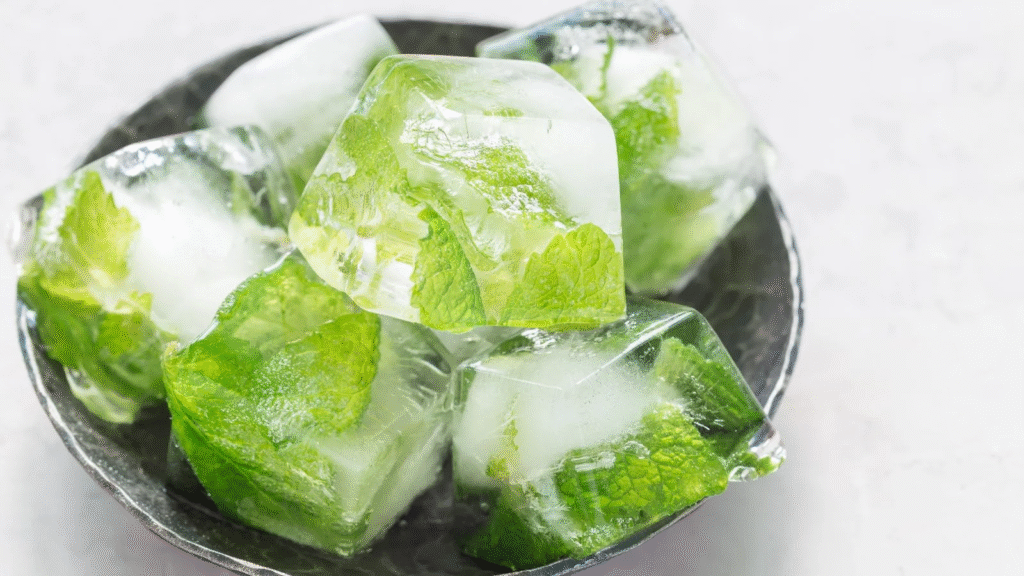
Not a fan of dried mint? Freezing is another great option.
Method 1: Chop leaves and pack them into ice cube trays. Add a little water, freeze, then transfer the cubes to a freezer bag. These are perfect for iced tea or cooking and last about 3 months.
Method 2: Lay whole leaves on a parchment-lined baking sheet, freeze for 2-3 hours, then transfer to a freezer bag. This works well if you’re freezing different mint varieties at once. The leaves may soften when thawed but are great for salads or cocktails.

